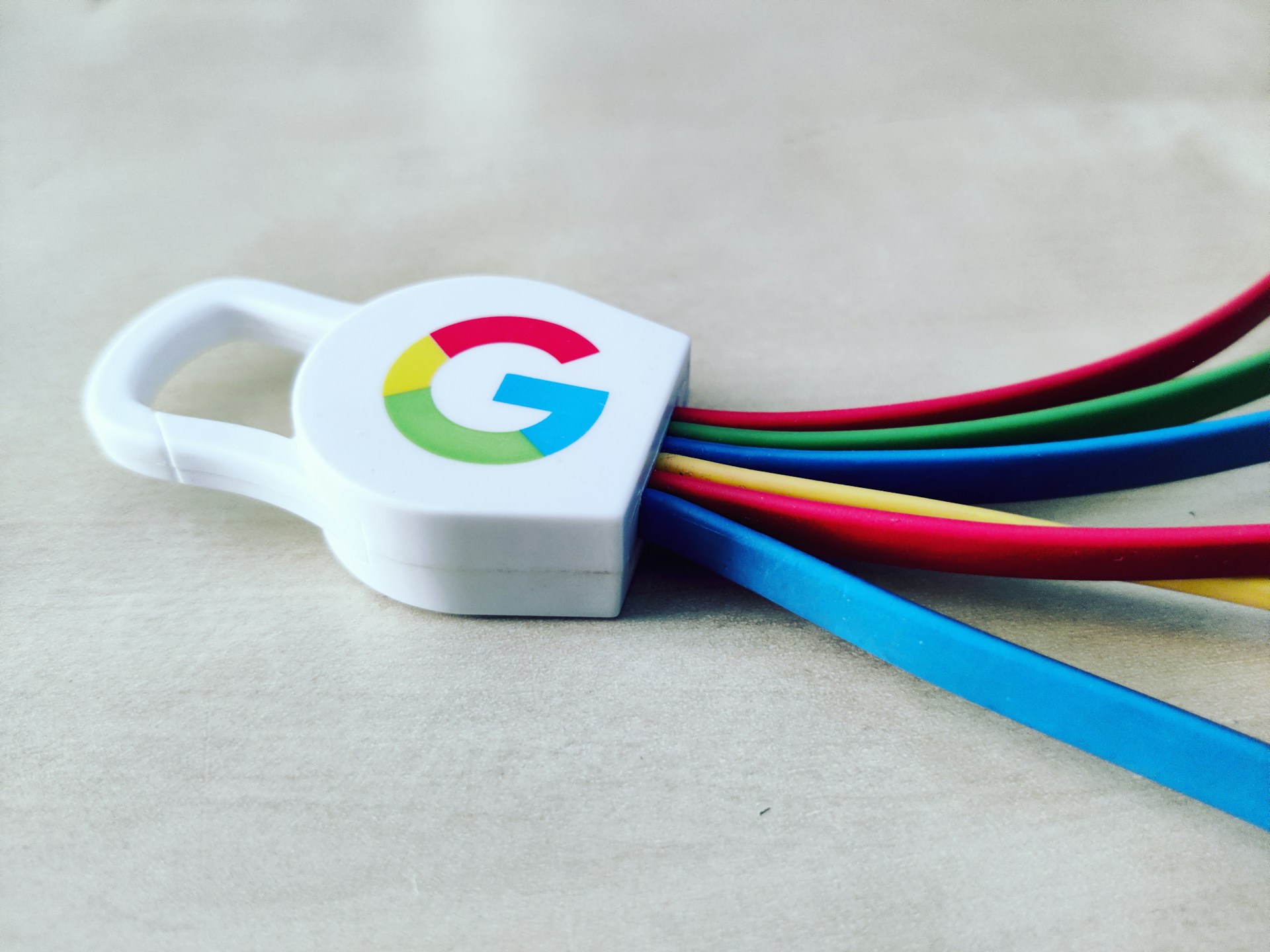
Google’s Veo 3 artificial intelligence (AI) video generator can now create vertical videos designed for TikTok, Instagram Reels, and YouTube Shorts. The tech giant announced on September 9 that developers can set videos to a 9:16 aspect ratio through its programming interface.
Google also cut prices in half, making the technology more accessible to app creators and businesses. Veo 3 now costs $0.40 per second of video, down from $0.75. The faster Veo 3 Fast model dropped to $0.15 per second from $0.40, according to Google’s developer blog.
“Veo 3 is now like 50% cheaper and higher quality so go build,” Google said in an example video featuring a rock climber.
Both models can now produce videos in 1080p high-definition quality. Previously, the system was limited to 720p resolution through Google’s programming tools.
Google Photos users in the United States can already turn still pictures into short videos using Veo 3. The feature creates four-second clips without audio for free accounts. Paid subscribers get access to more video generations.
All videos created by Veo 3 include digital watermarks called SynthID to identify AI-generated content. Google says this helps viewers recognize artificial media.
The vertical video support could lead to more AI content on social platforms, creating new challenges for platforms already struggling to moderate misleading content. Many current AI videos require editing to fit mobile screen formats. Direct vertical creation removes that step for content makers.
Critics worry about “AI slop” — low-quality artificial content that could overwhelm social media feeds. The lower prices and easier creation process may increase these concerns.
Google says both Veo 3 models are now “stable and ready for scaled production use” in its programming interface. The company initially expanded its availability from 70 countries to 140 countries and regions. Google first introduced Veo 3 at its developer conference in May 2025.
The changes make Google’s video AI more competitive with OpenAI’s Sora and other AI video systems as the technology becomes mainstream. Lower costs and mobile-friendly formats could accelerate adoption across social media platforms.






















